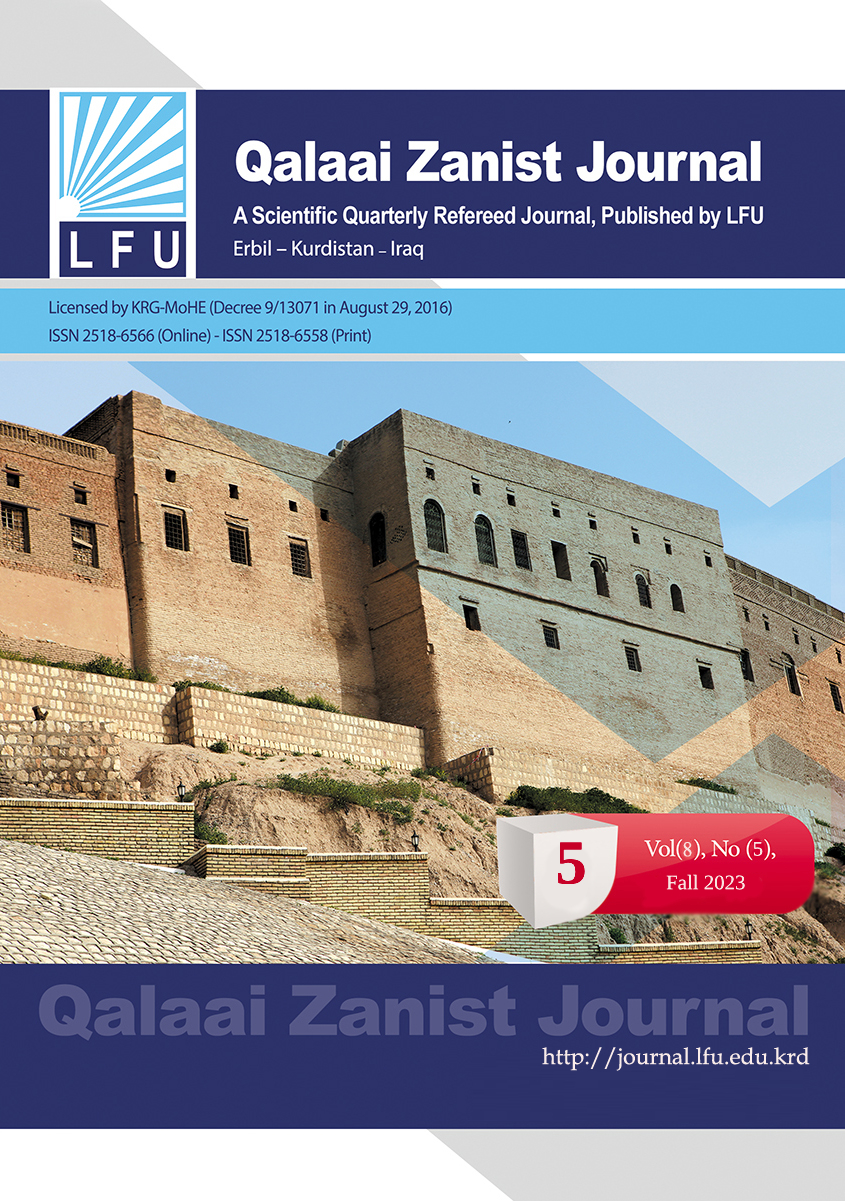Effects of Voluntary Disclosure on Investments Decisions: An Empirical Examination of Kurdistan’s Real Estate Companies
##plugins.themes.bootstrap3.article.main##
پوختە
The study examines the effects of voluntary disclosure on investment decisions. The study applies a linear regression model to analyse 197 responses collected from employees of 5 medium and 5 large real estate companies in Erbil, Kurdistan Region using International Financial Reporting Standard 7 and Accounting Standard 1 on the disclosure of information. The study findings do in an interesting manner reveal that financial, non-financial and strategic forms of disclosures have different positive effects on companies’ investment decisions. The study findings also revealed that the type of investment decisions made in companies increases as the companies grow in size. The study’s practical implications demand an increased application and improvements in accounting standards to uphold acceptable disclosure practices and enhance companies’ investment decisions. Of practical importance is the call for increased focus by managers to attach significant value and contributions to non-financial matters in investment decision-making.
Downloads
Download data is not yet available.
##plugins.themes.bootstrap3.article.details##
ژمارە
بەش
Articles
چۆنییەتی بەکارهێنانی سەرچاوە
Mohammed Khalid Mustafa. (2024). Effects of Voluntary Disclosure on Investments Decisions:: An Empirical Examination of Kurdistan’s Real Estate Companies. QALAAI ZANIST SCIENTIFIC JOURNAL, 8(5), 1150–1177. https://doi.org/10.25212/lfu.qzj.8.5.42
Copyright (c) 2024 Mohammed Khalid Mustafa

This work is licensed under a Creative Commons Attribution 4.0 International License.

